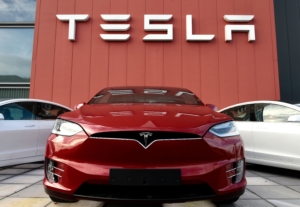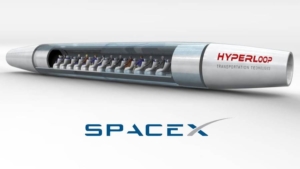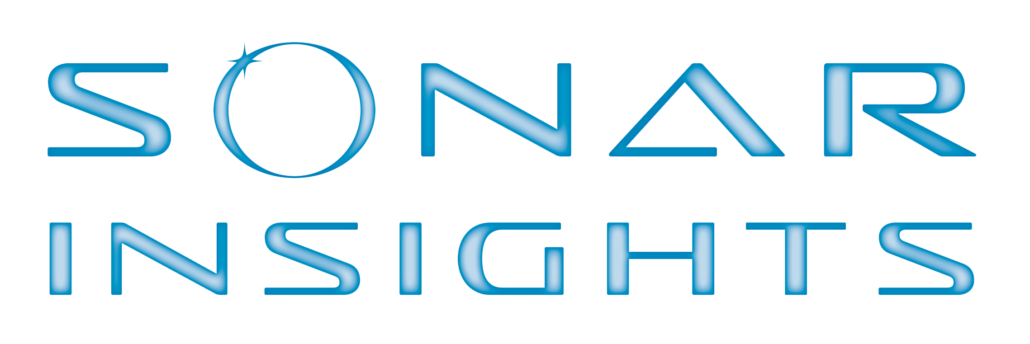In the wake of change, many companies either thrive or fail completely. Some companies will take advantage of the situation, while others will blame their circumstances. But it all comes down to how well it executes on its vision. The strength of a vision is in its ability to guide how a company takes on change, whether that change is predictive or unpredictable. Know your vision, then execute it.
Knowing Your Vision and Its Future Impact

Let’s take Tesla Inc. as an example. Some may say Tesla is a chaotic company producing electric cars, batteries, and solar solutions. But Tesla doesn’t want to be the world’s biggest car manufacturer or provide in-home electricity solutions. Its corporate vision is “to accelerate the world’s transition to a sustainable energy future.” This is quite different than what most people would think. By understanding this vision, you see that these product lines are mere mechanisms or platforms to deliver on Tesla’s vision.
Understanding the Elements to Engage Customers in Your Vision
A vision statement can seem somewhat grandiose, magical, and ambiguous. But, that doesn’t make it less compelling. A great vision should support and deliver a sound strategy. This strategy should encompass an understanding of customers’ pain points, market trends, and barriers to entry. With that knowledge, you can create the right value, “delighters”, and journey for customers to enter and influence the world you’re creating.
Tesla has been able to do this through their strategy. They provide innovative electric-powered vehicles that are sustainable, sleek, and, quite literally, technology-driven. They have also demonstrated an ROI for consumers that most normal cars cannot deliver on through finance, environment, maintenance, resell, and lifestyle. Tesla has taken advantage of macro and micro changes in consumers’ lives and built it into a package on four-wheels. As these changes shift and evolve, Tesla will be able to pivot to potential new strategies or platforms. Their strategy can continue to delight customers while maintaining their vision.
Top-Down and Bottom-Up Approach to Vision and Strategy
A company’s Vision Statement is its desired future state and how it will shape the world. It is a statement of aspiration, but it should also be a force to determine how to adapt to a changing world. This vision statement will point to opportunities to pursue and identify what challenges may disrupt the business moving forward. Both opportunities and challenges can lead to developing a strategy. This can be from the ground up (new technologies, consumer needs that are outside of the scope of the company) or top-down (driven by the vision).
 Sound strategy takes bottom-up and top-down into account. With its vision, Tesla can and has created strategies using both approaches. Using the bottom-up approach, it is leveraging its current technology and the need for mass transport to develop the Hyperloop and SpaceX. From a top-down approach, it can look to other sustainable energy sources to use or develop them themselves to engage the world in its vision.
Sound strategy takes bottom-up and top-down into account. With its vision, Tesla can and has created strategies using both approaches. Using the bottom-up approach, it is leveraging its current technology and the need for mass transport to develop the Hyperloop and SpaceX. From a top-down approach, it can look to other sustainable energy sources to use or develop them themselves to engage the world in its vision.
Conclusion
Understanding your vision and knowing when to pivot is key to your business’ success. Vision is not just a statement developed to aspire. It should be a beacon for guidance in both short and long-term decision making and strategy development.


